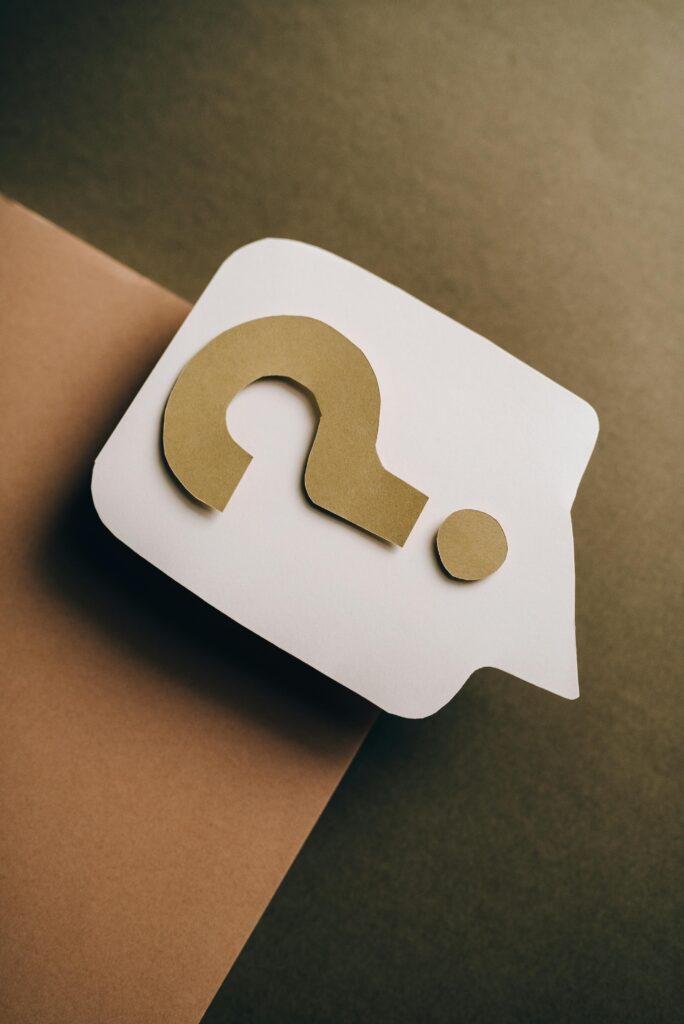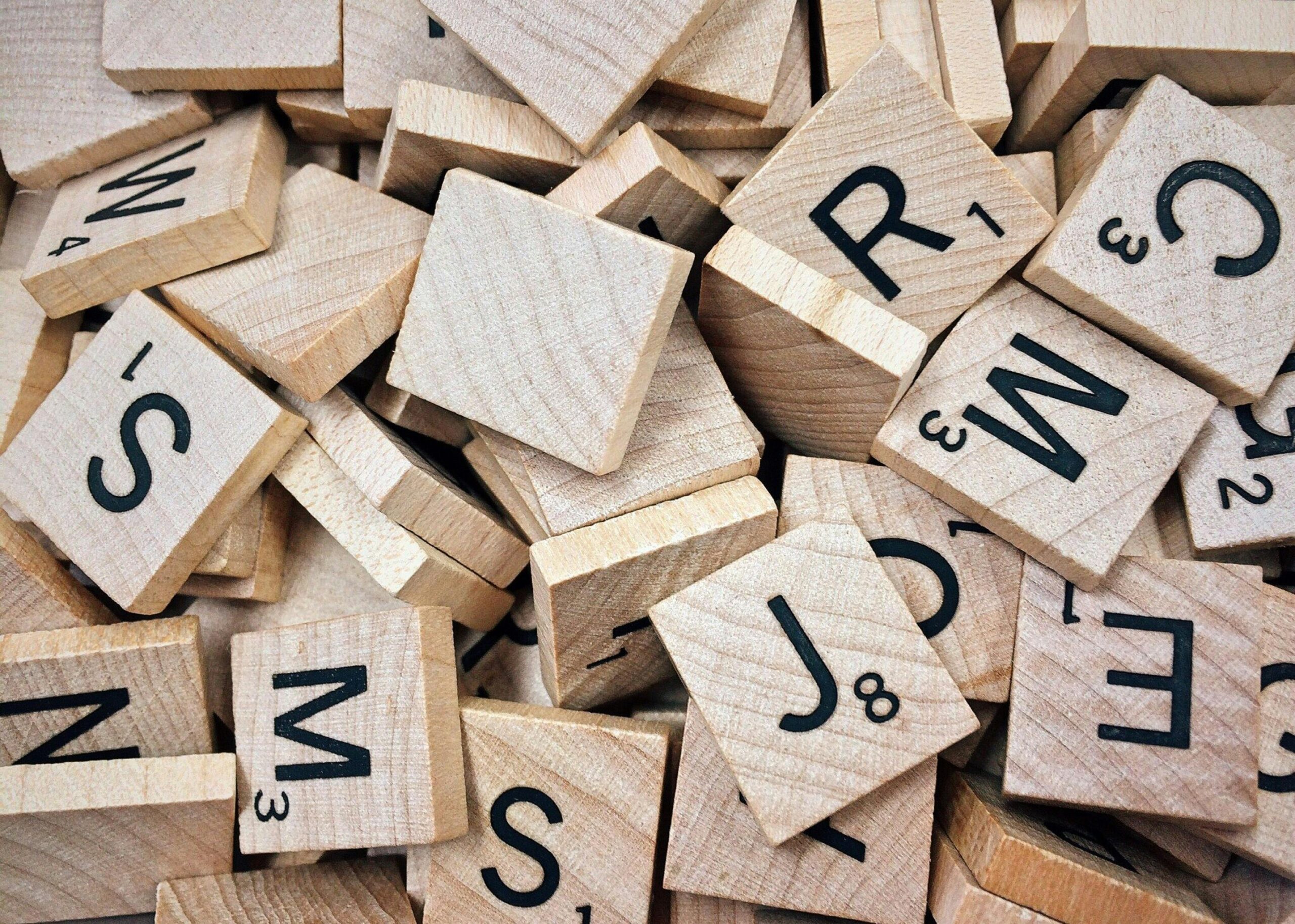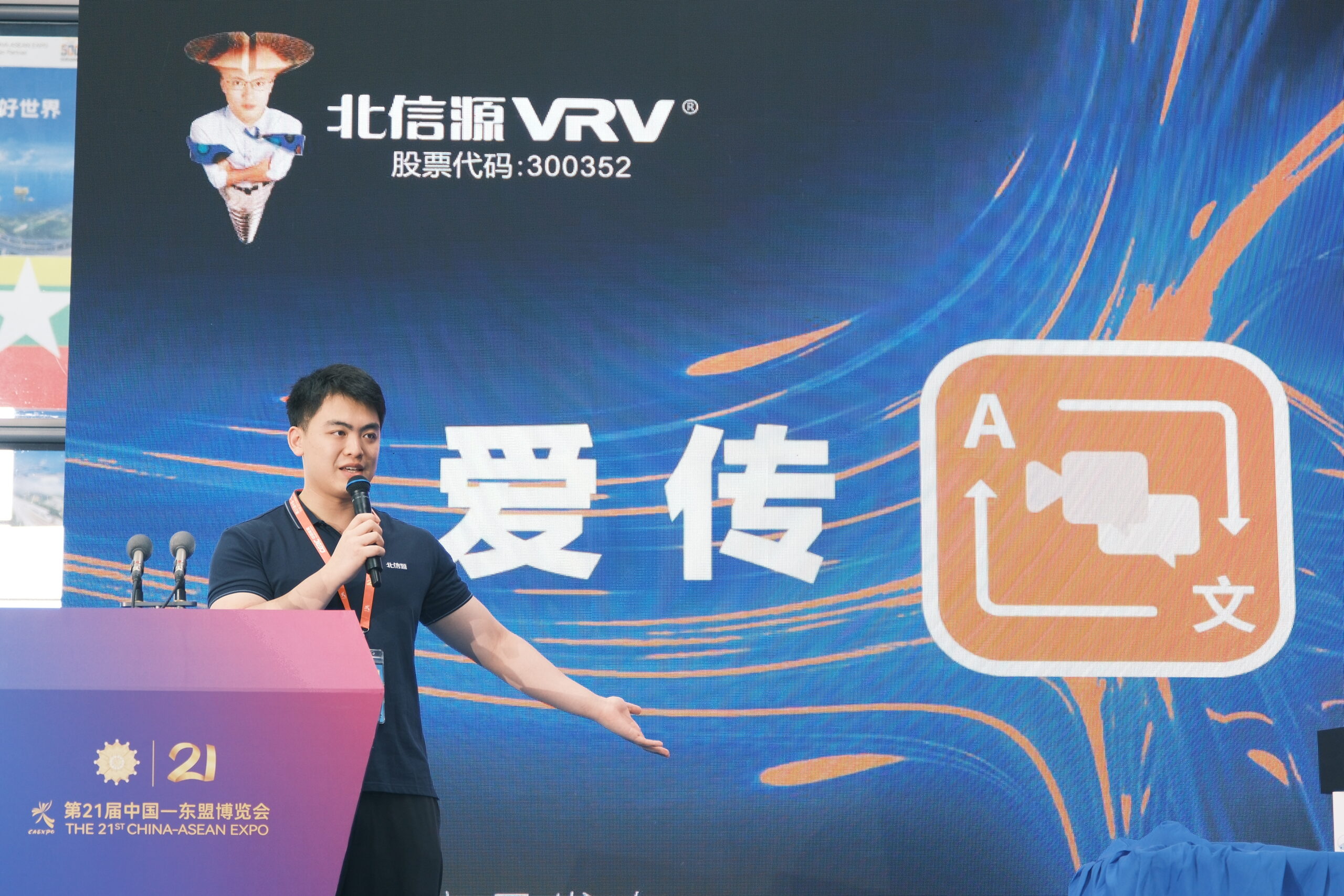A groundbreaking wearable device is set to transform communication for the Deaf and hard of hearing communities worldwide. This innovative ring, which instantly translates sign language into speech, combines state-of-the-art sensor technology, artificial intelligence, and real-time processing to bridge the communication gap between sign language users and those who do not understand it.

Cutting-Edge Technology Behind the Ring
At the heart of this revolutionary device is a suite of miniature sensors and machine learning algorithms. These components work in tandem to capture the nuanced movements of sign language and convert them into audible speech almost instantaneously.
- Advanced Sensors and Gesture Recognition: Embedded motion sensors and accelerometers detect finger movements, hand orientation, and subtle gestures. This data is processed through sophisticated algorithms that interpret the meaning behind each sign.
- Neural Network Processing: The ring employs a neural network that has been trained on extensive datasets covering various sign languages and dialects. This enables it to accurately translate complex gestures and adapt to different signing styles.
- Real-Time Translation: Leveraging low-latency wireless connectivity, the device communicates with a companion smartphone app or cloud-based system to ensure translations are delivered in real time. This seamless integration minimizes delays and provides a fluid conversational experience.
How the Device Works
Designed for ease of use and discretion, the ring offers a practical solution for everyday communication challenges:
- User-Friendly Interface: Once paired with a smartphone app, users can calibrate the device to their unique signing style. The app provides feedback, allowing users to refine the accuracy of translations over time.
- Customization and Language Support: The system is designed to accommodate multiple sign languages, with future updates promising support for regional dialects and cultural variations. This adaptability makes it a versatile tool for international communication.
- Battery Life and Durability: Engineered for long days of use, the ring features a rechargeable battery and durable construction. Its design ensures comfort, making it suitable for continuous wear throughout the day.
Potential Impact on Communication and Inclusion
This technology has the potential to redefine interactions across various social and professional settings:
- Enhanced Accessibility: For the Deaf and hard of hearing, the device offers an immediate voice, making it easier to engage in conversations in real-world scenarios—from business meetings to casual social gatherings.
- Educational Benefits: In classrooms and learning environments, the ring can serve as an aid for students who use sign language, ensuring they have access to spoken information and can participate more fully in group discussions.
- Workplace Integration: Businesses stand to benefit from a more inclusive workforce. By facilitating communication between sign language users and their colleagues, this technology can foster better collaboration and understanding.
- Cultural Empowerment: The ring not only translates language but also helps preserve the integrity of sign languages by recognizing regional nuances and cultural expressions. This balance of technology and cultural sensitivity is essential for genuine inclusivity.

Ethical, Social, and Practical Considerations
While the promise of instant translation is exciting, there are important considerations for widespread adoption:
- Privacy and Data Security: With any device that collects personal movement data, ensuring robust privacy measures is paramount. Manufacturers are prioritizing data encryption and user consent protocols to address these concerns.
- Accuracy and Reliability: Although early tests show high levels of accuracy, continued refinement is needed. The diversity of sign languages and individual variations in signing pose ongoing challenges that developers are actively addressing.
- Affordability and Accessibility: To truly democratize communication, the device must be accessible to those who need it most. Future initiatives are focused on reducing production costs and exploring subsidized programs for low-income users.
- Integration with Existing Technologies: There is potential for the ring to work in tandem with other assistive devices such as augmented reality glasses, further enriching the communication experience by providing visual cues and enhanced interactivity.
Future Developments and Industry Outlook
The translation ring represents just the beginning of a new era in assistive technology. As research continues and user feedback is integrated, several exciting developments are on the horizon:
- Expanded Language Models: Ongoing improvements in AI will allow the device to support a wider range of sign languages and regional variations, making it a truly global solution.
- Enhanced Interactivity: Future versions may include bidirectional translation, allowing not only sign-to-speech conversion but also speech-to-sign features for a fully integrated communication loop.
- Collaborations with Advocacy Groups: Partnerships with Deaf communities and linguistic experts will ensure that the technology remains aligned with the cultural and practical needs of its users, promoting both innovation and inclusivity.
Frequently Asked Questions
Q: What does the translation ring do?
A: The ring instantly translates sign language into audible speech by capturing hand gestures using sensors and processing the data with AI-powered neural networks.
Q: How does the ring recognize different sign languages?
A: It uses advanced gesture recognition and has been trained on extensive datasets for multiple sign languages. Future updates aim to include more regional variations and dialects.
Q: Is the device comfortable to wear all day?
A: Yes, the ring is designed with ergonomics in mind, featuring a durable, lightweight construction and a long-lasting rechargeable battery for continuous use.
Q: Can the device be customized to individual signing styles?
A: Absolutely. The companion app allows users to calibrate and personalize the device to their specific signing habits, improving translation accuracy over time.
Q: What measures are in place to protect user data?
A: Manufacturers are implementing robust encryption and strict data privacy protocols to ensure that all personal movement and translation data is securely managed.
Q: How does real-time translation work?
A: The ring communicates with a smartphone app or cloud-based service via low-latency wireless connectivity, ensuring that translations are delivered almost instantaneously during conversations.
Q: Can this technology integrate with other assistive devices?
A: Future developments may see integration with devices like augmented reality glasses, which can provide additional visual cues to enhance communication.
Q: Who can benefit from using the translation ring?
A: The device is designed primarily for Deaf and hard of hearing individuals, but it also has applications in education, workplaces, and any setting where seamless communication is essential.
Q: What are the challenges in translating sign language accurately?
A: Sign language involves complex gestures and cultural nuances. Continuous updates and machine learning refinements are needed to address variations in signing styles and regional differences.
Q: Where can I learn more or purchase the translation ring?
A: Information regarding availability, pricing, and further technical details can typically be found on the official website of the manufacturer or through authorized retailers.

Conclusion
The revolutionary translation ring is poised to redefine the landscape of assistive technology. By transforming sign language into speech in real time, it opens up new possibilities for communication, inclusion, and cultural preservation. With ongoing improvements and a commitment to ethical design, this device is not just a technological breakthrough—it’s a powerful tool for bridging divides and fostering a more inclusive world.
Sources Sustainability Times


